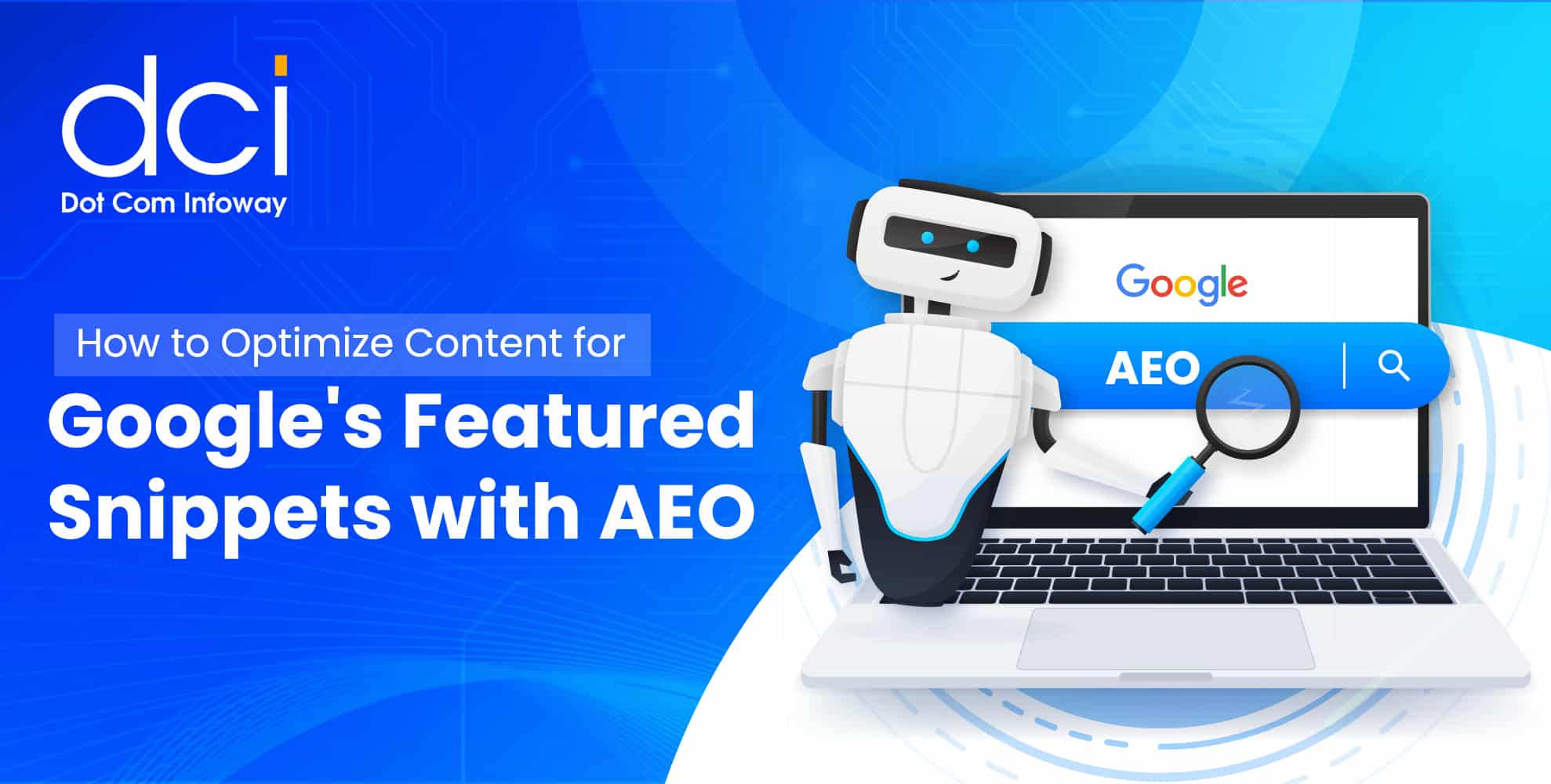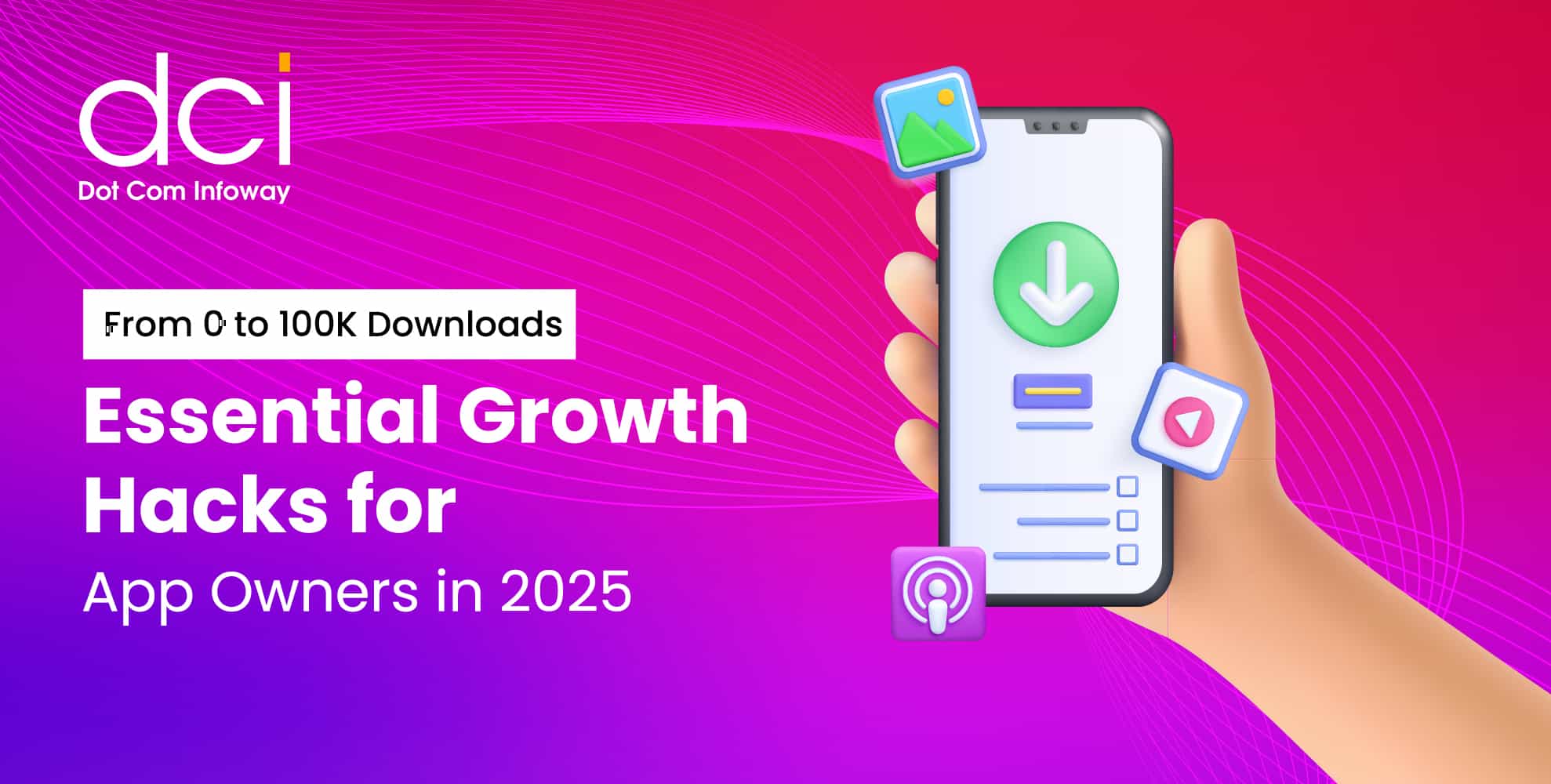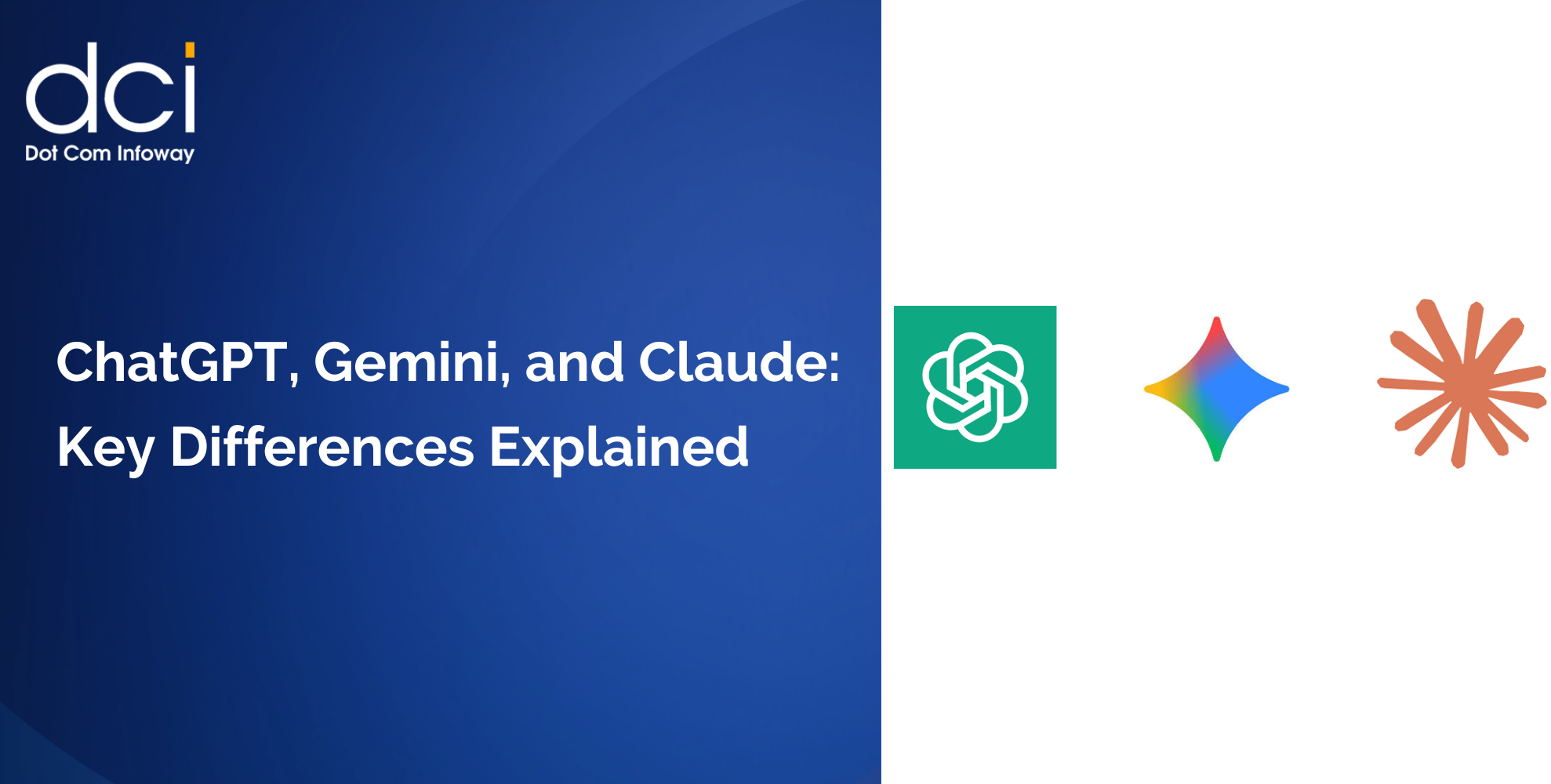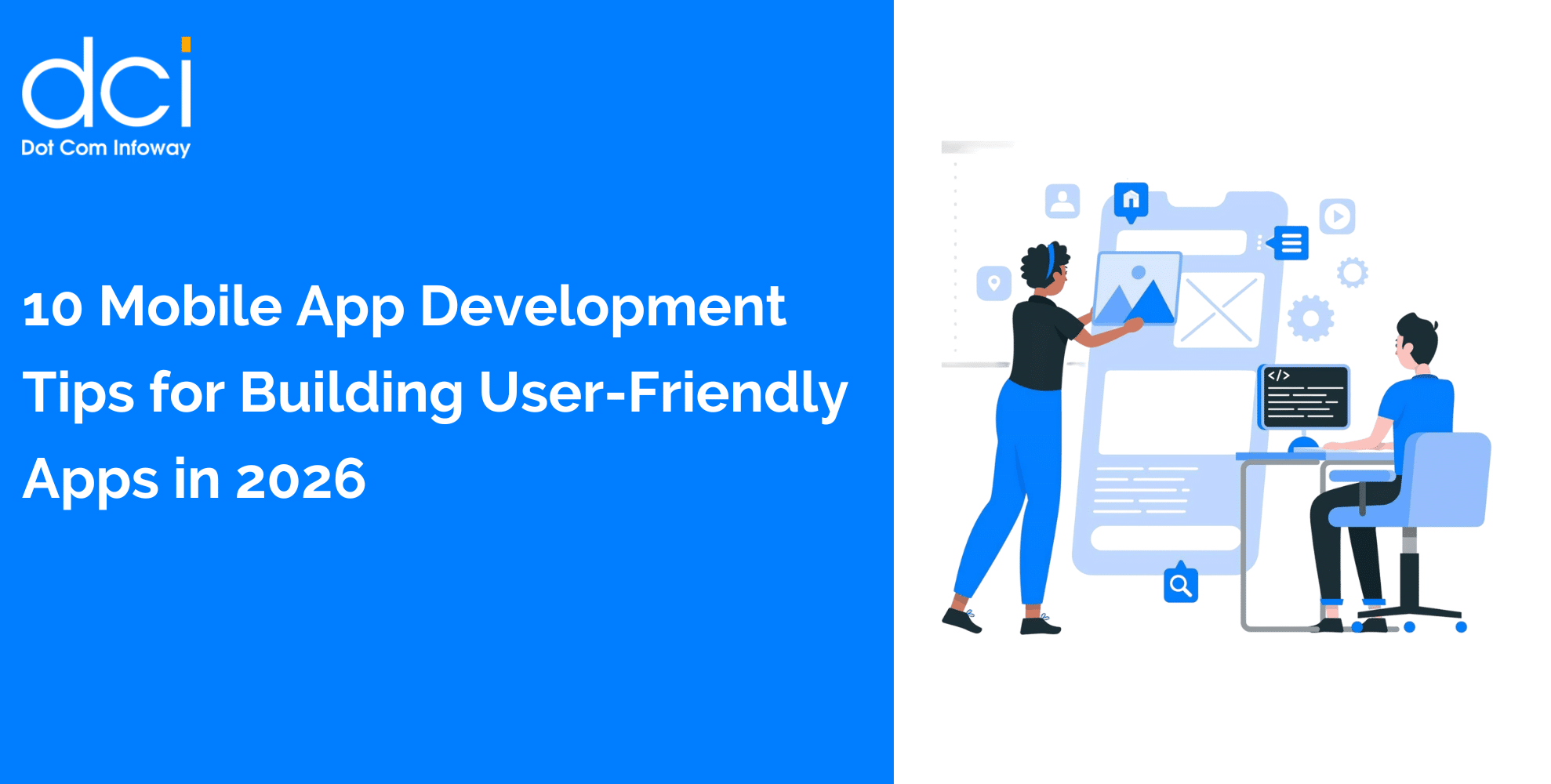How to Optimize Content for Featured Snippets with AEO
Understanding how to optimize content for featured snippets with Answer Engine Optimization (AEO) starts by recognizing the balance between user intent and machine understanding. Unlike traditional SEO, which focuses mainly on humans, AEO targets both users and algorithms. It requires clear, concise, and well-structured content that Google can quickly identify as the best answer.
Every sentence should have a purpose, and your headings and paragraphs must work together smoothly. Including long-tail keywords and related terms naturally helps the algorithm grasp the full scope of your content. With Google’s BERT and MUM analyzing context deeply, clarity and intent alignment are essential.
What Are Featured Snippets and Why Do They Matter?
Featured snippets are Google’s way of displaying quick answers to users’ queries directly in the search results often in boxes above the standard organic listings. They come in formats like paragraphs, lists, tables, and even videos. This prominent placement massively increases your visibility, click-through rate, and authority.
It’s the digital equivalent of being handpicked by Google as the expert on a topic. When done right, optimizing for featured snippets gives you more organic real estate than even the #1 spot and often without needing to be #1. Featured snippets also power voice search results, so winning them means your content is heard by millions of users interacting with Google Assistant and other smart devices.
Decoding Google’s Intent for AEO
To master how to optimize content for featured snippets with AEO, you must understand that intent is the algorithm’s holy grail. Google wants to provide users with the most helpful and relevant answer right away. That means your content should be built around intent-driven queries.
These usually fall into four buckets:
- Informational (e.g., “How to fix a broken zipper”)
- Navigational (e.g., “OpenAI blog SEO guide”)
- Transactional (e.g., “Buy tennis shoes online”)
- Comparison/Decision-based (e.g., “Best iPhone vs. Samsung 2025”)
Use this knowledge to frame your headings and paragraphs. Mirror the user’s question. Answer it directly in the first few lines of the section. And then elaborate. That structure not only helps readers but also aligns perfectly with Google’s snippet extraction algorithm.
Creating Content That Triggers Featured Snippets
Now let’s unpack what makes a piece of content snippet-worthy. First off, you need to write clear, direct answers. If the search query is “What is a sales funnel?”, your answer should begin with “A sales funnel is…”, no detours. The algorithm looks for immediate relevance.
Next, format matters. Use H2 and H3 tags smartly. Keep paragraphs under 50 words for paragraph snippets. Use bullet points or numbered lists for list-type queries. For comparison queries, use tables. Incorporate schema markup when appropriate to provide structured metadata that enhances snippet potential.
Keep in mind, snippet-worthy content:
- Answers a question clearly
- Uses proper formatting (short paragraphs, tables, lists)
- Includes the exact query in the heading or opening line
- Is placed near the top of the page
- Is easy to read, with short sentences and simple words







![The Game Marketing Guide: Pre and Post-Launch Strategies [Infographic]](https://www.dotcominfoway.com/wp-content/uploads/2023/09/DCI-Game-Marketing-blog-1.jpg)















